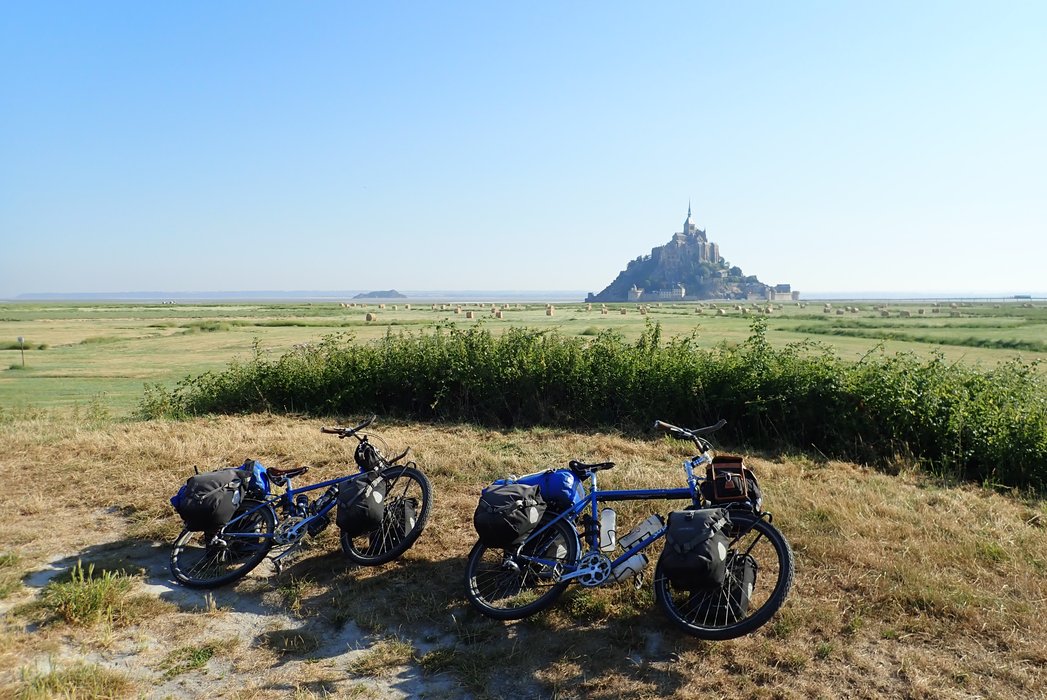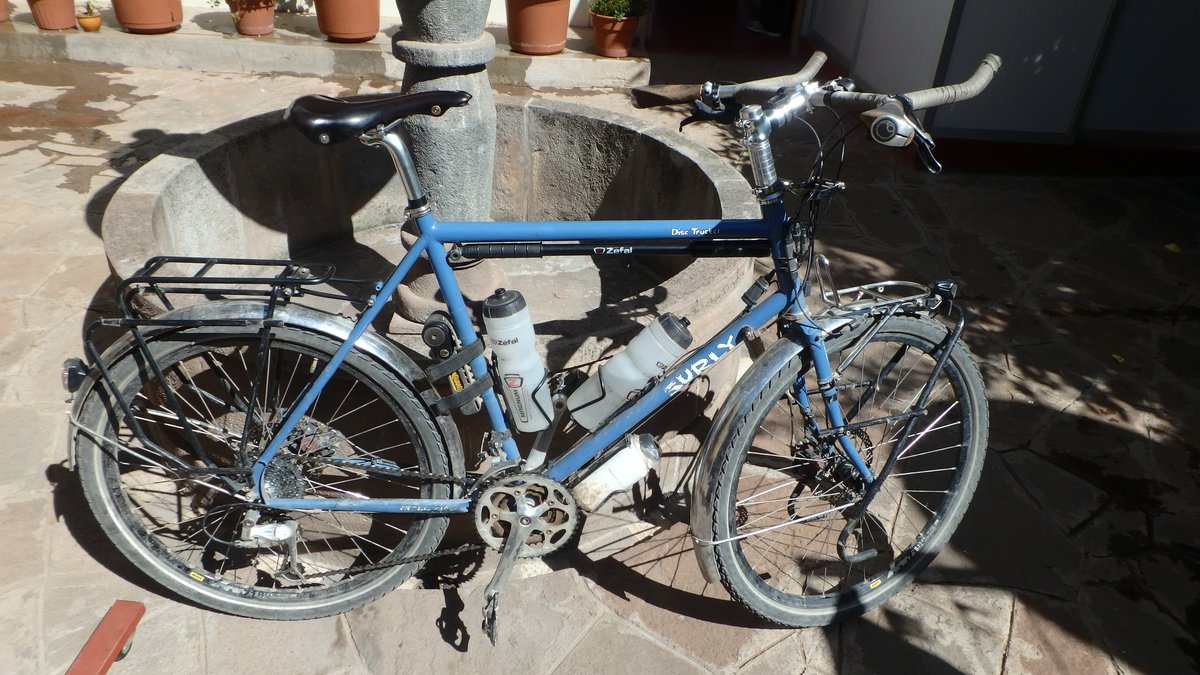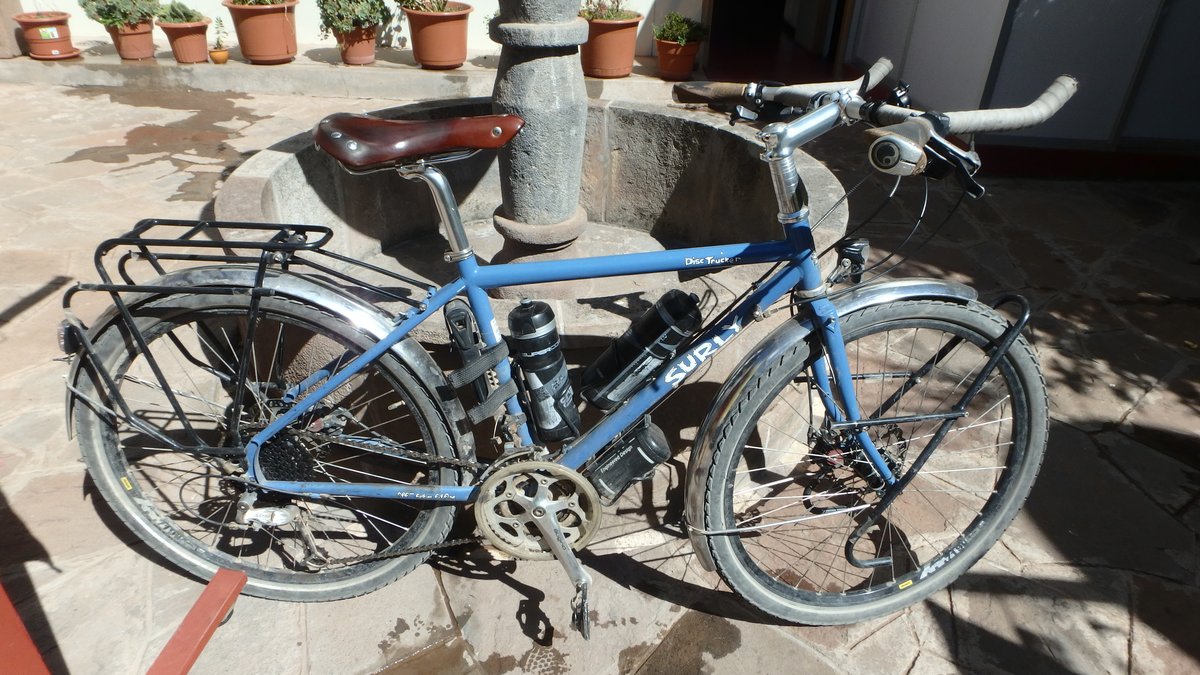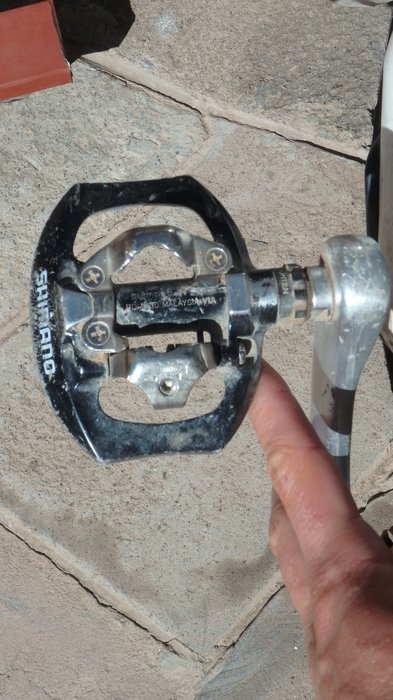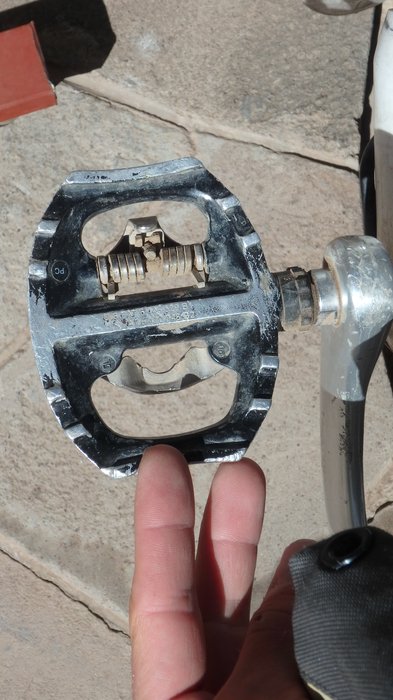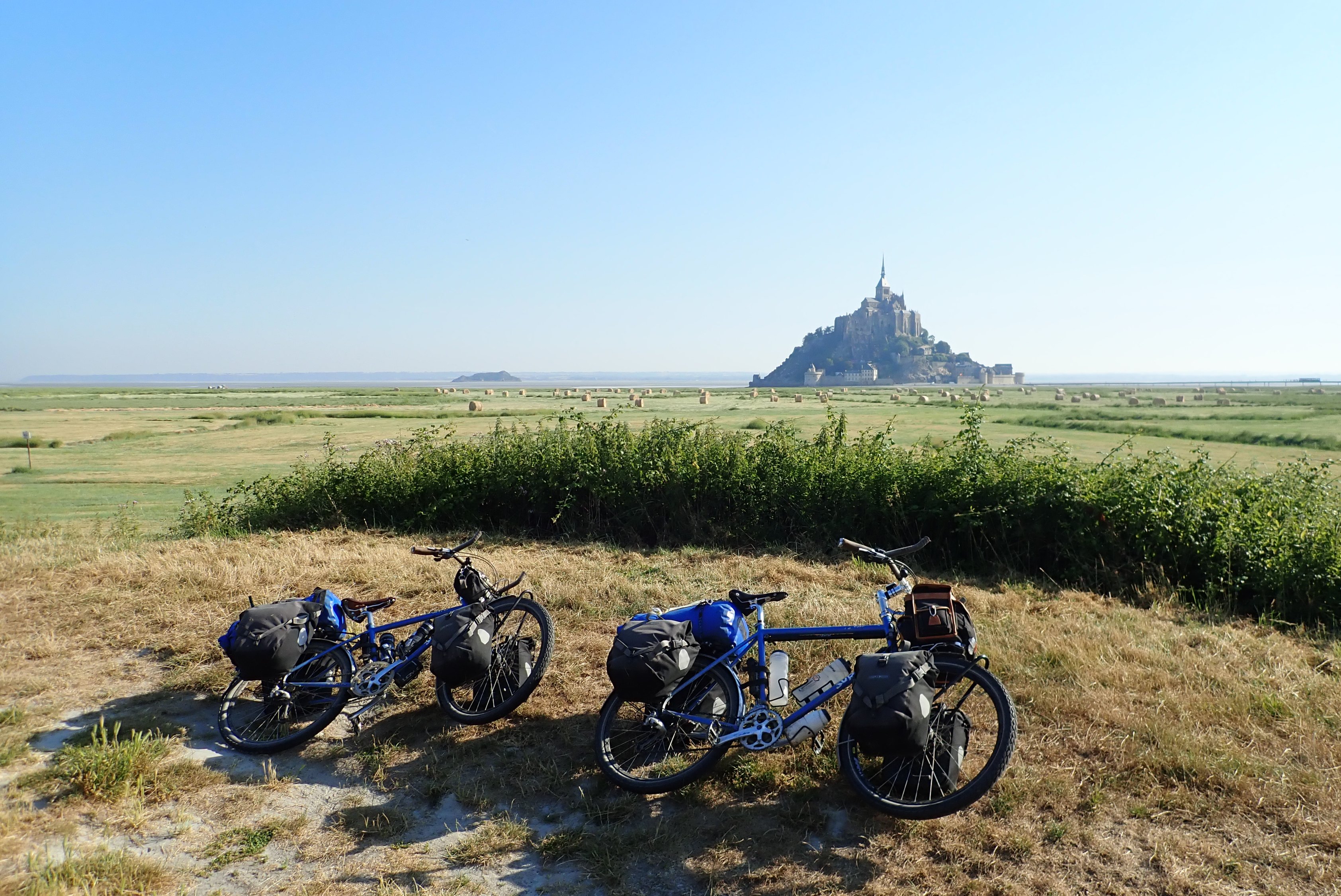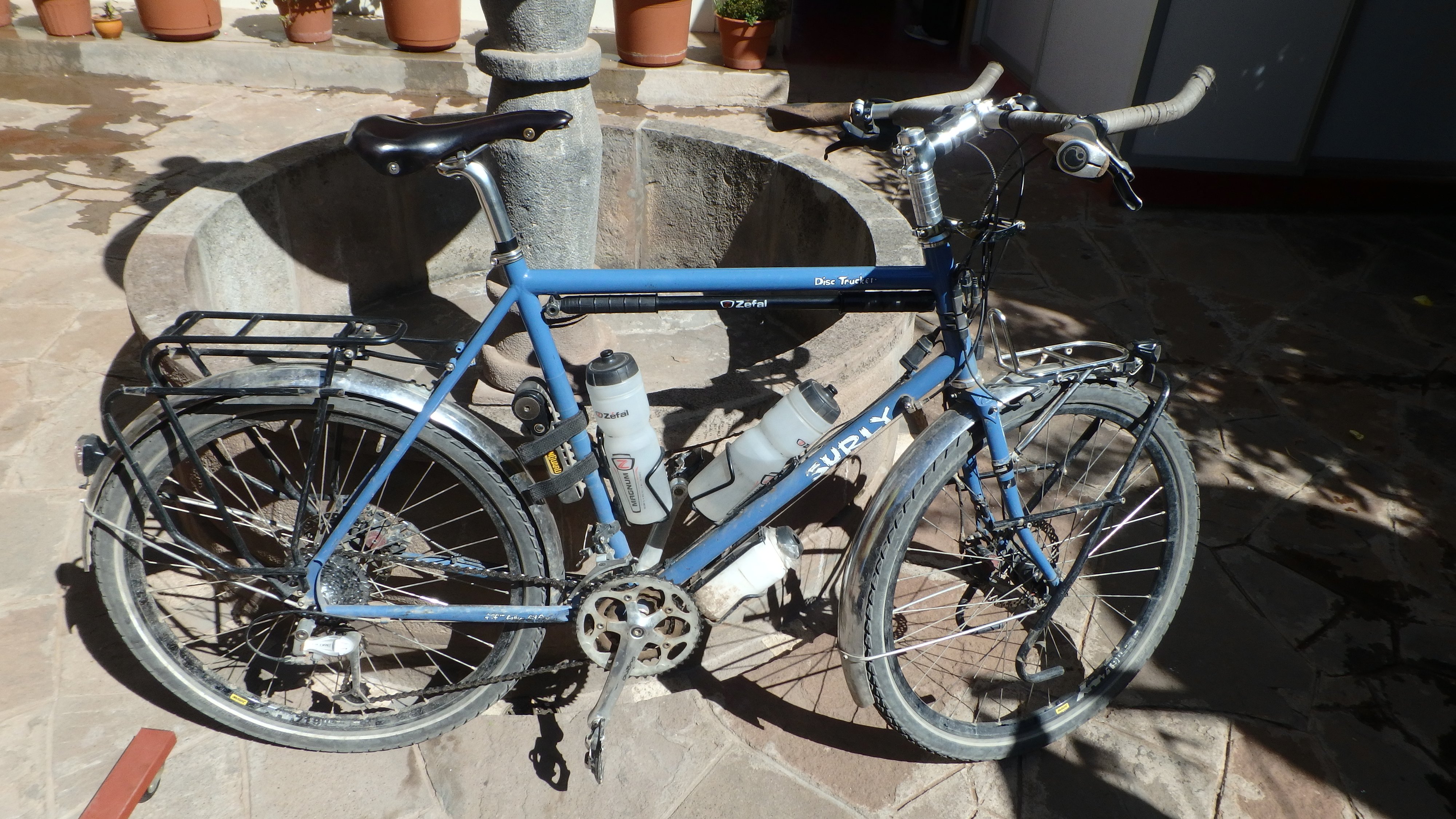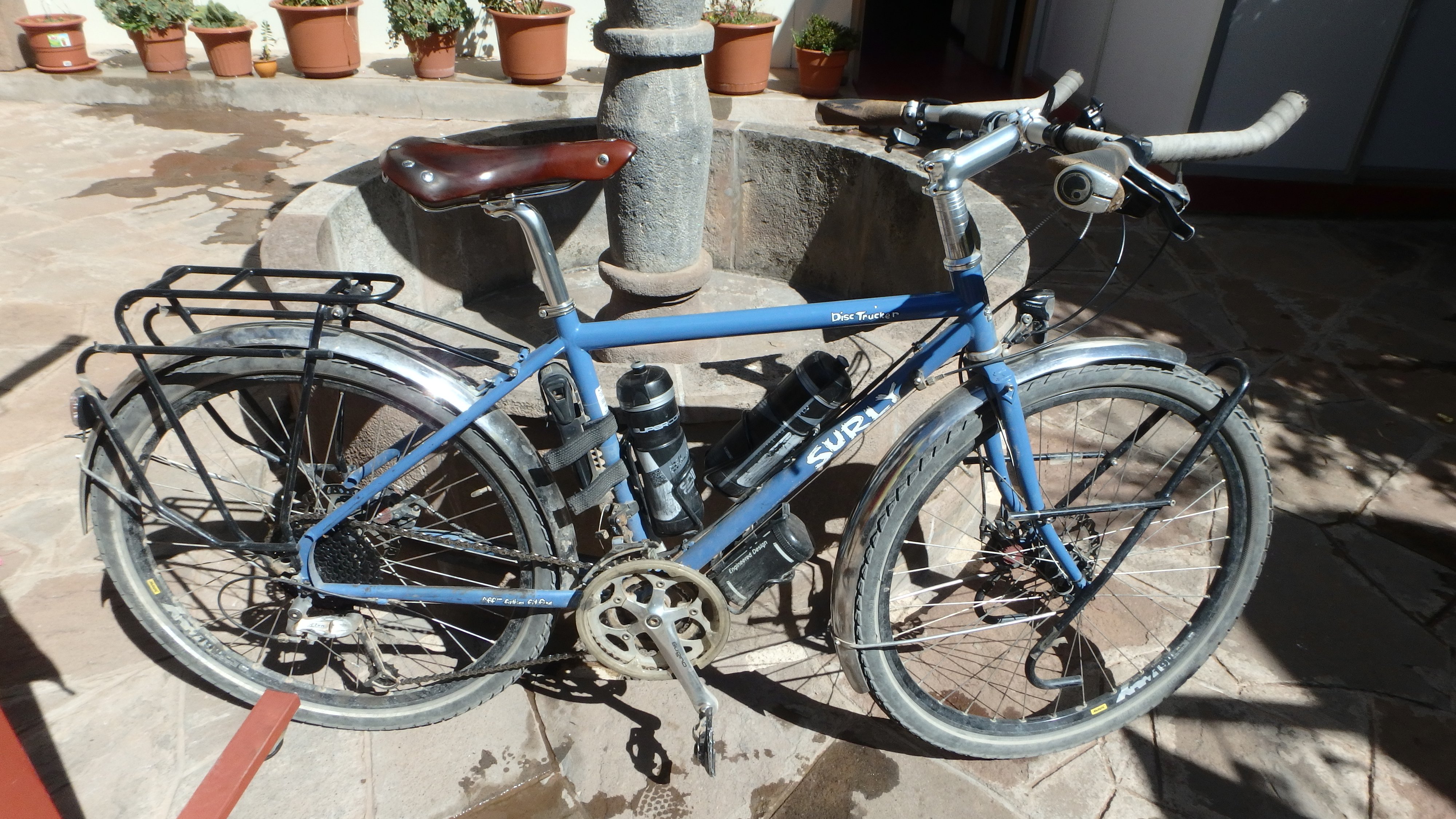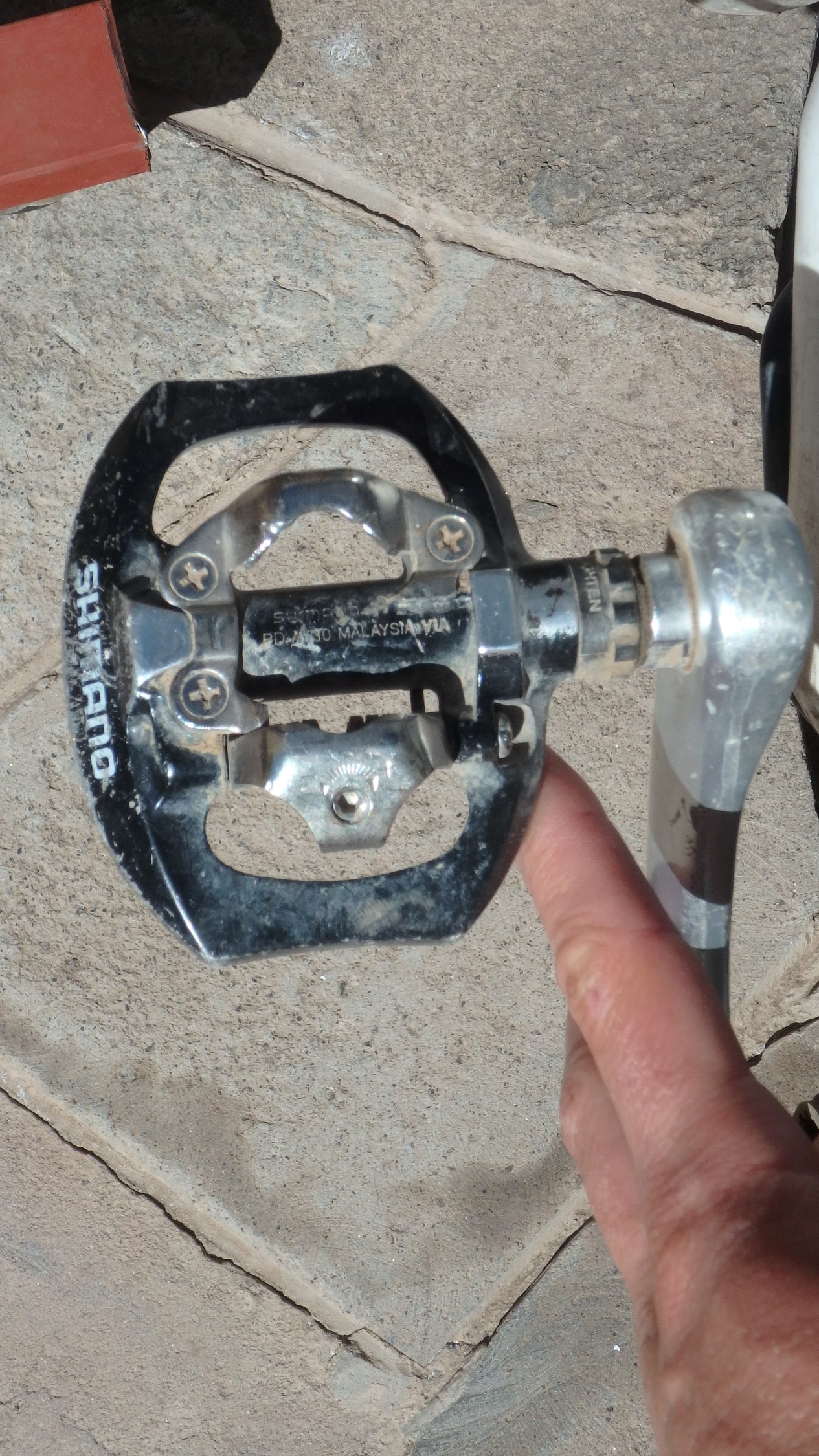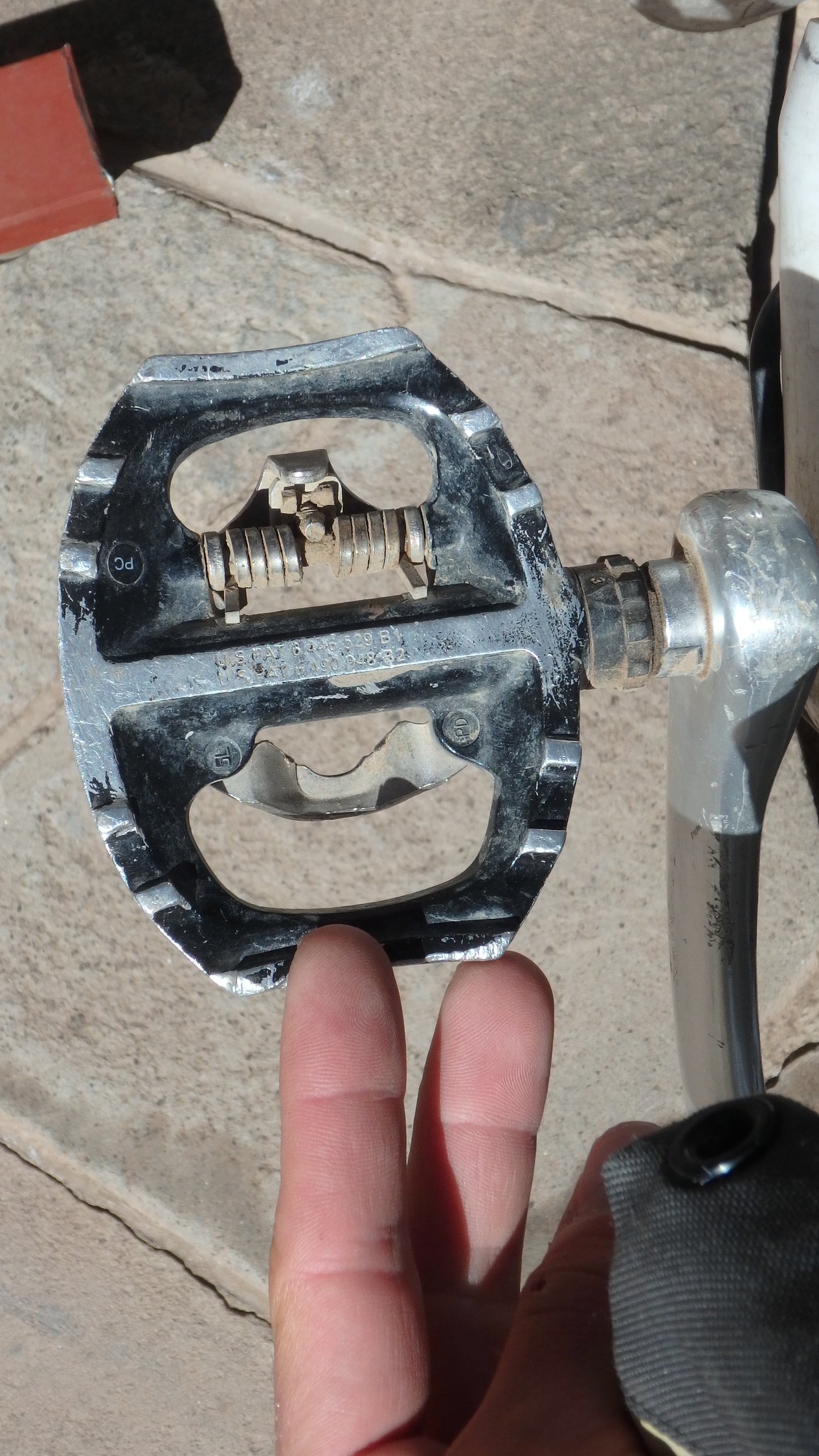Our bicycles have been carefully chosen to support us during this trip
We have carefully chosen the bikes that support us in this adventure. A poorly adapted bike can become a long-term ordeal, we wanted to be sure we have the right ones. I have been passionate about bicycles and a daily user for years, so it was out of the question for me to take the first model to come or to trust blindly a local bicycle shop. Our bicycles are no exception, we wanted all our equipment to live up to our adventure. We took the same care to choose our tent, our clothes ...
Since a few years I like to assemble a bike from A to Z having chosen all the parts individually, including lacing the wheels. There are several disadvantages to this process: firstly it's usually more expensive than buying a ready made one, then it takes a lot of time to select, receive and mount each part, including the wheels. The fact is that we didn't have much time to prepare this trip (only a few months), so we had to make up our minds not to do everything ourselves.
But why not buying a ready made bike and at worst change the parts that aren't suitable? Well we considered it but I didn't find a bike close enough to what we wanted. I know I'm a bit complicated when it comes to bicycle.
So I looked for a bike shop near us (in Helsinki, Finland) that could build the bikes as we wanted, and if possible help us in our choice. The task wasn't easy, but finally I found Töölön Pyörä, a small shop of enthusiasts and do-it-yourselfers who gave us very good advice and never make us buy a more expensive part than necessary. The bikes hasn't be assembled by me but each part is precisely chosen with the help of the entire team at Töölön Pyörä.
Our criteria
To choose the right bike you have to know what you want to do. So we started by establishing the criteria on which to base our choices.
The first criterion on which we both agreed was the aesthetic criterion. Certainly it's very subjective, and isn't necessarily essential in the choice of the bike. It doesn't look like that but it's a criterion a bit penalizing when you look at most travel bikes: everything is convenient but nothing is really aesthetic. But we wanted to be proud of our bikes.
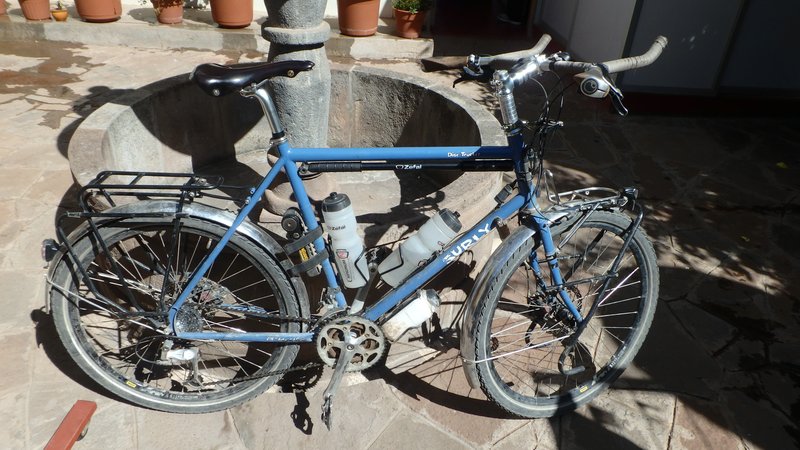
Then come the criteria related to the use of bicycles. It was therefore necessary that they could carry heavy loads (yes we aren't those who weight their toothbrushes), that they are comfortable on long journeys. And who says travel bike, says efficient bike and proven technologies. We need robust components that have proven themselves on the field.
Our trip take place in South America, we needed bikes that can ride on both tar and dirt roads (the famous ripio), which isn't necessary for most trips to Europe for example. In addition, we have to be able to repair our bicycles and find spare parts in the countries we are going through.
To reduce the number of spare parts to take away, we wanted the two bikes to be as similar as possible. This is obviously a constraint on the choice of the frame when one measures 1m78 and the other 1m60.
Finally we didn't want the price of the bike to swallow half the budget of the trip. It was therefore necessary to be as rational as possible on the choices. The latter, of course, excludes customized frames, Rohloff hubs, Pinion gearboxes and belt drives.
The outline
Now we need to clear the ground and outline what we really want based on the above criteria and our desires:
- The frame: without suspensions (a thing less likely to break) and preferably steel (CrMo), since steel absorbs shocks better than aluminum, titanium is expensive and carbon not suitable for bikes to carry heavy loads.
- The wheels: 26". The most common for travel bikes in Europe is 28". Since we have chosen not to take suspension, fairly wide tires aren't too much to absorb the "imperfections" of the dirt roads. Floriane is quite small, a frame large enough to accommodate 28 "wide tires would be too big for her, why not 27.5"? This size is common again in Europe but isn't at all in the countries we cross, it would be a real headache to find spare tubes. For the rest, the wheels should be solid of course, but not too heavy either.
- The transmission: 3x9 speeds with an external derailleur. The internal derailleurs are either too expensive or too limited in the range they offer. I hesitated a long time with a 1x10 speed, but the amplitude wasn't as good as the 3x9 and the robustness lower. Above 7-8 speeds the chain becomes thinner and therefore less and less robust. In addition, 9-speed chains are very common, so easy to find when we'll have to change them.
- The brakes: Avid BB7 mechanical disc. These brakes were the first disc brakes to be used on travel bikes for their proven reliability. Hydraulic brakes require special tools and brake fluid in the event of a leak. V-brake rim brakes, which are still widely used on touring bikes, are less powerful than disc brakes, especially in wet weather, brake pads wear out faster and calipers are affected by veiled wheels. Some German brands, such as VSF use Magura hydraulic rim brakes for their travel bike. I must admit that I absolutely don't understand this choice.
- The tires: foldable Schwalbe Marathon Mondial. Schwalbe is a travel tire reference and the Mondial model has an exemplary life. I used them a bit to commute before the trip and they are surprisingly fast and light for tires of this size.
- The cockpit: flat handlebars or preferably handlebars with several positions for the hands. But no drop bars because they are too narrow and Floriane feared not being able to control the direction well enough. And no butterfly handlebars either because they are too ugly, of course it's our point of view.
- The saddles: leather saddles that fit our butt. The leather saddles have proven resistance and can be very comfortable, even without seat pads, because we will only have classic pants, without seat pads.
- The pedals: automatic or not? The question arose a long time. Neither Floriane nor I had used automatic pedals before the trip. On paper, the automatic pedals allow a better efficiency, which seduced Floriane. On the other hand, it was clear that we should be able to use classic shoes also if we have a problem with the automatic system. That's why we decided to go with automatic pedals on one side and flat on the other.
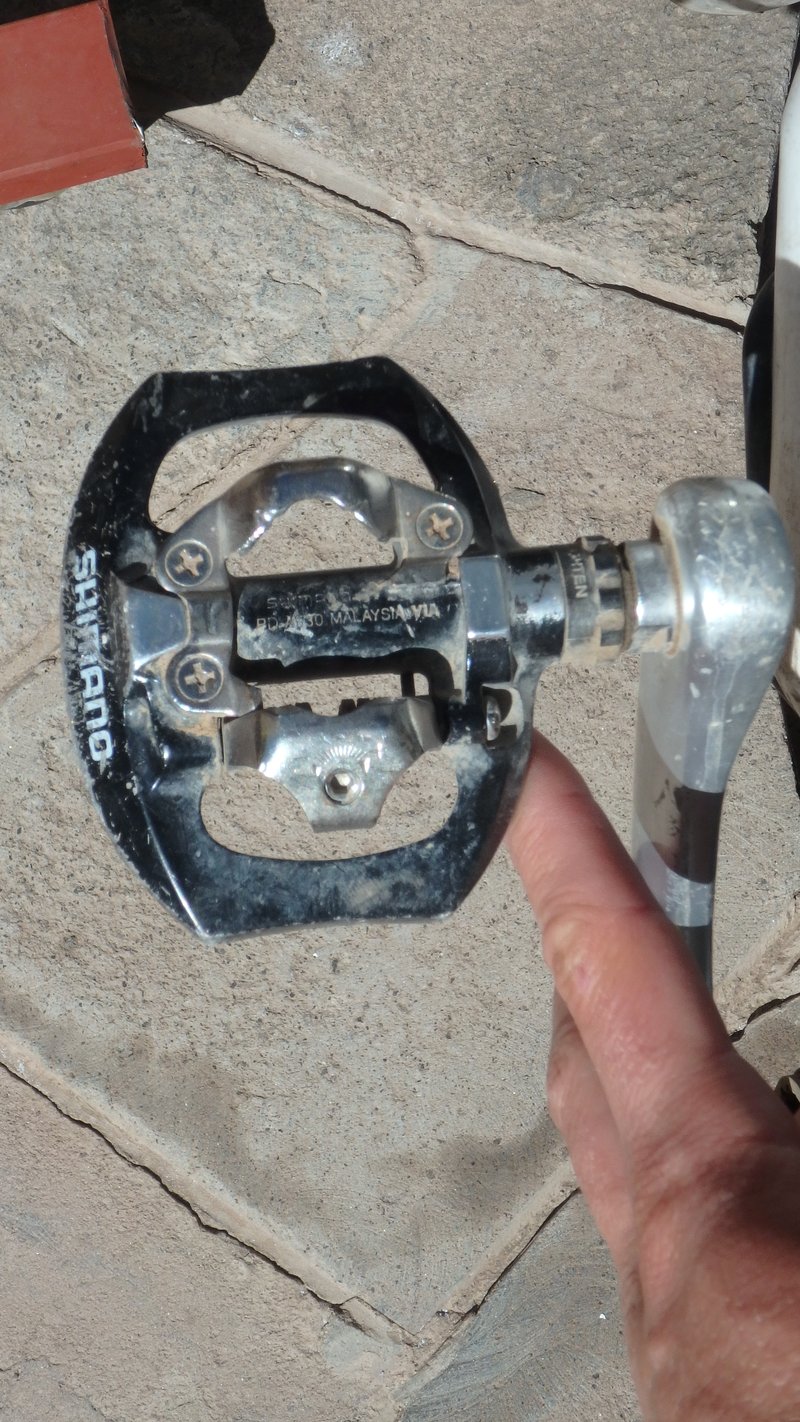
- The lighting: a dynamo in the front hub. We have been using dynamos in the front hub on our everyday bikes for years. They require no maintenance and do not slow down the bike. Since we also ride in bad weather it isn't a bad thing to constantly have the lights on.
- The essential accessories: mudguards. There is nothing more unpleasant than getting mud on you when it's raining.
